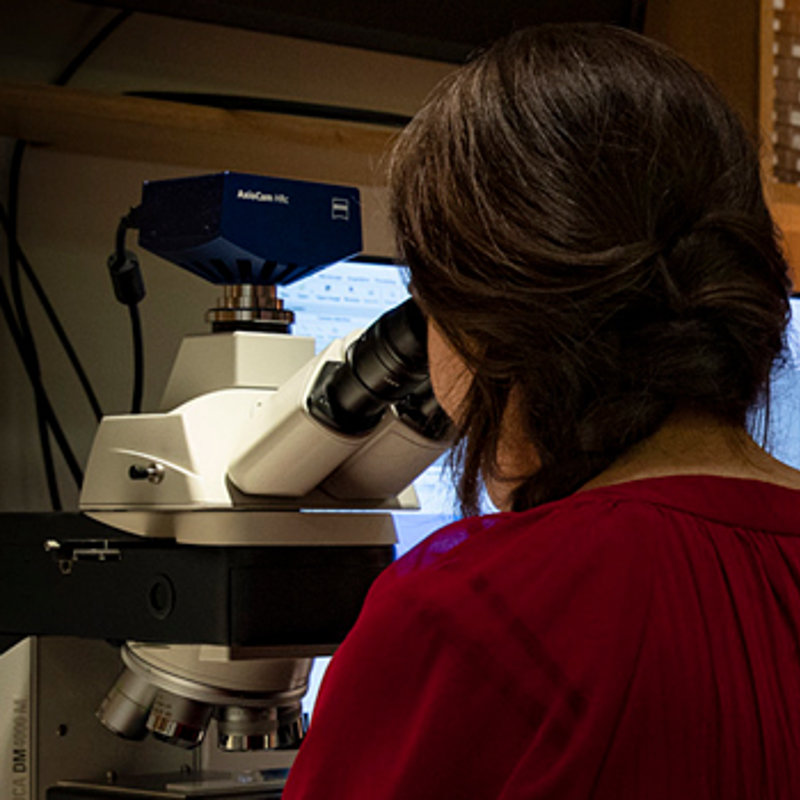A Christmas present for the nation
'The Nativity' by Piero della Francesca, one of the most admired artists of the Italian Renaissance, is an extraordinary painting. Striking for its beauty and apparent simplicity, it is one of Piero's last works, and was made for his family palace in Borgo San Sepolcro, Tuscany, where it remained until 1825.
When the National Gallery acquired the painting in the late 19th century, it was in a poor condition. Parts of the paint surface had been badly damaged by cleaning and there were splits in the panel support. Subsequent misunderstandings about its condition meant that, for a long time, 'The Nativity' was thought by many to be unfinished.
Now, following a three-year conservation treatment and a careful restoration of the damaged areas, the painting has returned to the Gallery walls in all its glory, in a special display.
The Nativity
Piero sets the scene within a tranquil Tuscan landscape recalling the surroundings of his hometown. The Virgin Mary kneels before Christ, her cloak spread to protect his new-born skin from the bare earth. Behind the Virgin are two shepherds, while Joseph, her husband, is seated on a donkey’s saddle. A group of music-making angels provide a heavenly accompaniment to this otherwise rustic scene.
A complex restoration
The challenging conservation and restoration treatment was led by the Gallery’s Senior Restorer Jill Dunkerton and with structural work on the painting's panel support carried out under the direction of Conservator Britta New.
Much of Piero’s original intention is newly legible, such as the overall sense of space, and the divine light falling on the shed’s stone wall through a hole in its roof.
The lack of shadows of the figures, long thought to indicate that the painting was unfinished, appears to have been a conscious decision on Piero’s part, in order to present Christ’s Nativity as the miraculous vision described by Saint Bridget of Sweden, a famous 14th-century mystic.
By setting Bridget’s vision within a familiar Tuscan landscape, Piero brought the extraordinary circumstances of Christ’s birth directly into his own world.
A new setting
Previously framed and displayed to suggest its placement on an altar, the work is now understood to have been initially displayed in the principal bedchamber of Piero’s family palace. To suggest this grand domestic setting, it is now shown in a beautifully carved walnut frame of the period, which was recently acquired.
Piero's legacy
When Piero's 'Nativity' entered the Gallery’s collection in 1874, Prime Minister Benjamin Disraeli congratulated the country on having acquired "a picture of the most rare and interesting character, [which] will add to the beauty and value of the National Collection." We hope that generations to come will now be able to experience 'Piero's 'Nativity' as never before.
Now that the painting is back on display, we hope that visitors will take a moment to themselves to appreciate the work's quiet splendour.
We are grateful to The Rothschild Foundation and to Fabrizio Moretti for supporting the conservation of the painting.




















